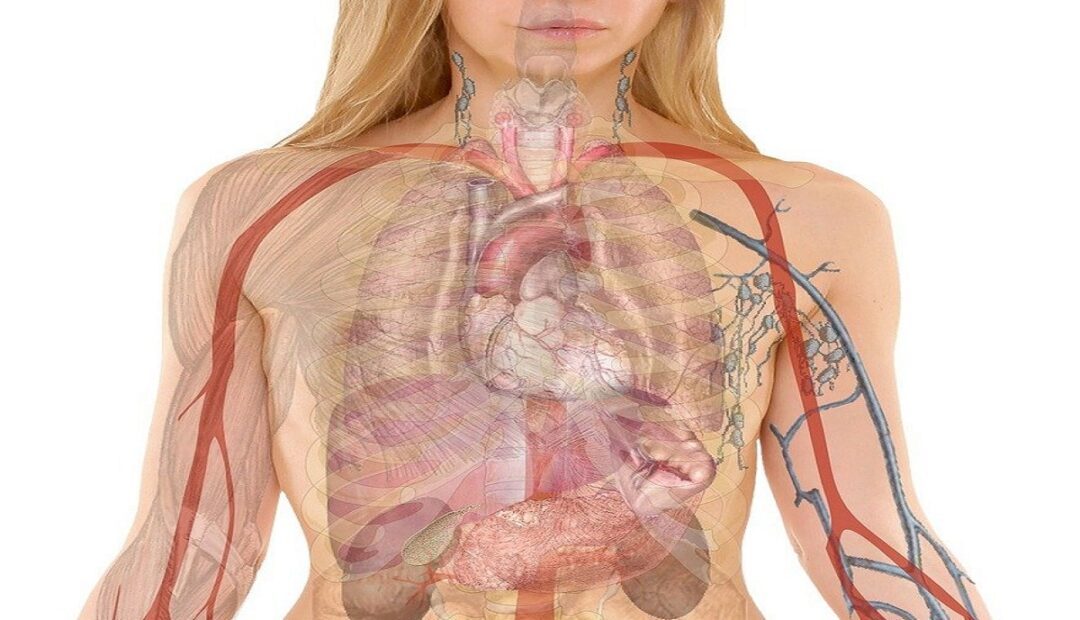ADAPTIVE COLOURATION AND BEHAVIOURAL ADAPTATION
ADAPTIVE COLOURATION This is the possession by an organism of a colour which enables it to catch its prey, avoid its predators or enemies, secure mates and ensure their survival. Adaptive colouration may be grouped into Concealing (cryptic) colouration to help organisms blend with their background and remain unnoticed by predators Colour blendingwith the environment […]
ADAPTIVE COLOURATION AND BEHAVIOURAL ADAPTATION Read More »
